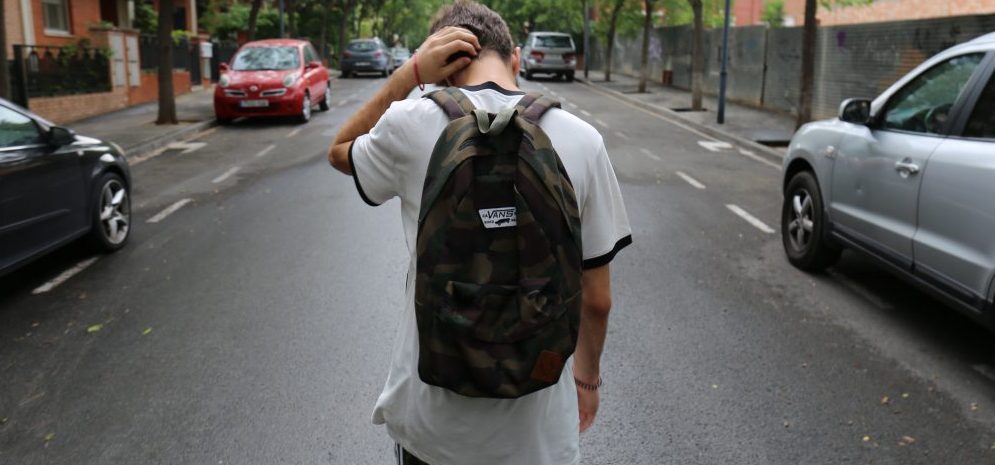Consider this metaphor: A new lifeguard arrives at work on his first day. He is highly trained and works for an expensive organization that has every piece of technology needed to patrol a dangerous river where hundreds of drowning victims float by every day, desperate for rescue. Victims are pulled from the turbulent waters twenty-four hours a day, seven days a week. Most are rescued. Many are beyond help and are pulled dead from the water. Some are rescued over and over again. After a particularly difficult shift the young lifeguard decides to walk up the river to clear his head in an attempt to make sense of the chaos. In the distance he sees a bridge over the river and then, horrified, notices a long line of people queuing, waiting to jump into the river. In a moment of epiphany he runs to the head of the line and yells “Don’t jump!” He resigns his position and takes up a post on the bridge and spends his days convincing most not to jump into the river.
This is what we see on the daily news – the constant barrage of overdosing opiate addicts with emergency workers bringing them back from the brink over and over again, sometimes during the same shift. Prevention, the actual solution to the problem, is overlooked because it is difficult to measure success when the problem is solved before it becomes a problem.
Research has shown that almost all addiction, as well many incidents of depression and anxiety, is trauma-based. We know that between the ages of fifteen and twenty-five, when youth are just coming into adulthood, they begin to react to this trauma with acting-out behaviour, depression, anxiety and through self-medicating with drugs and alcohol. All of this behaviour is a dysfunctional attempt to mask their inner pain from the trauma. They are then further stigmatized by society who label them as weak, immoral, or worst of all, criminal.
Harm reduction is one pillar but we need to pay equal, if not more, attention to prevention. Therapy is key for these youth to gain insight into their inner pain. As they gain this insight they are empowered to leave dysfunctional behaviours behind. Most youth will end dysfunctional coping strategies when they address the root causes of their personal issues. Abstinence is the ultimate goal.
There is a critical need now for community and government involvement and funding for prevention strategies. It costs a few thousand dollars to help divert a youth before they become entrenched into addiction, whereas the cost to society after the fact (burdens on the health care, legal and penal systems) is in the millions.
It’s time we moved upstream to provide intervention programs for youth when change is not only possible and affordable but avoids the damage of addiction experienced by the individuals, their families and communities. Tom Littlewood Program Director Dan’s Legacy [email protected]

